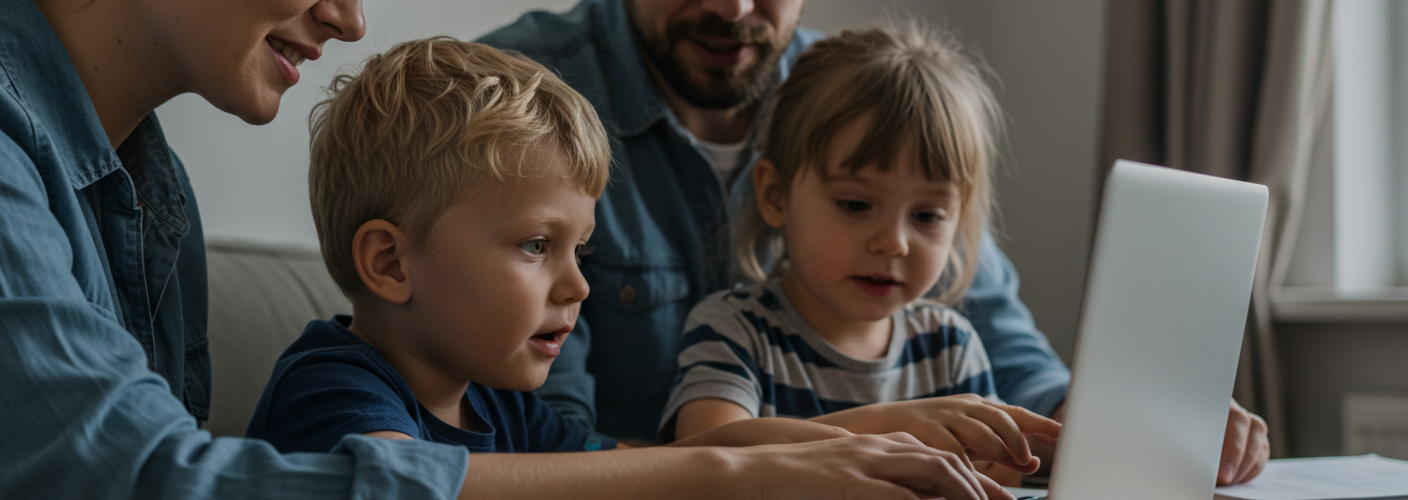Setting Up Parental Controls on a Windows 11 Laptop for Kids
In today’s digital landscape, ensuring a safe online environment for children is paramount. With the added complexity of navigating software limitations like Microsoft Family, many parents are seeking practical alternatives to protect their kids while using their laptops. For those utilizing Windows 11 Pro and focusing on local user accounts, there are effective strategies to create a controlled and secure experience for younger users.
Understanding Local User Accounts
Creating local user accounts on Windows 11 is an excellent approach to minimize reliance on external services, especially for parents concerned about stability and privacy. By limiting user accounts to local profiles, you can maintain direct control over the settings and applications that children can access. In this setup, you would typically have one administrative account and separate local accounts for each child.
Configuring Parental Controls
- Create Separate User Accounts: As you have already established, setting up an Admin account and individual user accounts (User 1 and User 2) is essential. Ensure that the admin account has full rights to make changes, while the user accounts are limited in permissions.
- Utilize Local Group Policy Editor:
The Local Group Policy Editor (gpedit.msc) is a powerful tool for configuring system settings without getting involved with Microsoft’s online services.
- Restrict Executable Files: You can create policies that restrict executable files from running in undesirable locations.
- Navigate to
User Configuration > Administrative Templates > System. - Enable the policy “Don’t run specified Windows applications” and add file extensions you wish to block. This can include common extensions like
.exefor applications and potentially risky executables that might be introduced by the children.
- Navigate to
- Application Control with Windows Defender: If you have Windows Defender enabled, consider configuring application control settings.
- Open the Windows Security app, navigate to “App & browser control.”
- Activate “Exploit protection,” which can help restrict the execution of unauthorized applications and enhance the security level, reducing the chances of vulnerable software being installed.
- Managing Removable Media: To prevent executing portable apps from removable drives, you can also set up group policies:
- Navigate to
Computer Configuration > Administrative Templates > System. - Search for settings related to “Removable Storage Access” and configure them to deny access to all removable drives, ensuring that even if plugged in, they cannot run executable files.
- Regular Monitoring and Check-Ins: While these technical measures will certainly help, discussing online safety and responsible usage with your kids is equally critical. Encourage them to talk to you before downloading anything and ensure they understand the risks associated with unknown applications.
Final Thoughts
Setting up a laptop for your children with appropriate restrictions requires careful planning and execution. By leveraging local user accounts and utilizing Windows’ built-in tools like the Local Group Policy Editor and Windows Defender, parents can effectively monitor and control their children’s laptop experience without relying on Microsoft Family features.
While balancing technology and privacy can be challenging, ensuring that your kids have a safe digital environment is a worthwhile effort. With these strategies in place, you can provide a secure and nurturing learning space that encourages responsible technology use.





Add comment